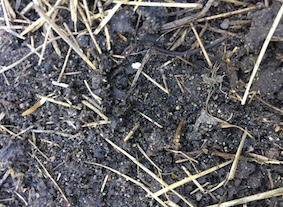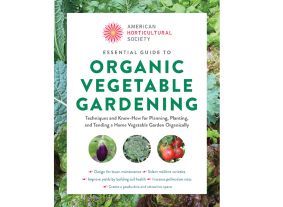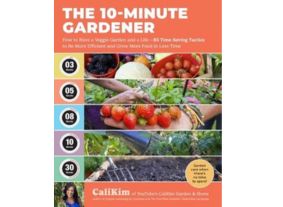Testing Your Garden’s Soil
Views: 5859

Garbage in, garbage out. You’ve heard this phrase applied to a wide range of topics, from computer programming to accounting to cooking. This succinct yet truthful phrase can be applied to gardening as well. In our case, the way into the plant is most typically through its feet, which are firmly embedded in your garden’s soil.
Just what’s in there, anyway? Hadn’t you find out? Because there’s a good chance that what is in there will find its way into your zucchini or carrot and onto your dinner plate.
The Soil Test
While it’s still early in the gardening season, I suggest testing your garden soil. This typically requires taking several samples of soil and sending it off to a special lab. Your area’s cooperative extension service or your state’s land-grant university can help you figure out how to proceed and what array of tests are appropriate for you.
What will testing do for you? A standard test will analyze the soils fertility. It will give you a rundown of most if not all of the following elements: phosphorous (P), potassium (K), calcium (Ca), magnesium (Mg), iron (Fe), manganese (Mn), zinc (Zn), copper (Cu) and boron (B). The test will also tell you your soil’s pH.
These two results are key. First, knowing the major nutrients in your soil (or not in your soil) will help you adjust your fertility program for better veggie production. Perhaps your soil is low on calcium or has plenty of potassium. With the soil test results, you’re aware and can take proper action.
Second, the pH level can affect the uptake of certain elements into the plant. For example, veggies like a pH of around 6.5; raise the pH too much above 6.5 and this will slow down the uptake of iron and phosphorous. Testing the soil beforehand will help you take the guesswork out of what to add and what to limit. The test results will give you recommendations about adjusting pH and fertility based on your gardening intentions.
How Often to Test
If you’re new to your garden and aren’t familiar with your property’s past, you might want to know what’s lurking beneath the surface. These tests can also determine the presence of heavy metals. It may turn out a raised bed filled with bagged garden soil is your only safe option.
Even if you have had your soil tested previously, have it done again if it’s been more than three or four years. You’re removing the soil’s good stuff each time you harvest your dinner.
Meet Ellen Wells
When you’re raised on a farm, you can’t help but know a thing or two about gardening. Ellen Wells is our expert on edible gardening.…
Ellen's Recent Posts

New Organic Vegetable Gardening Book






